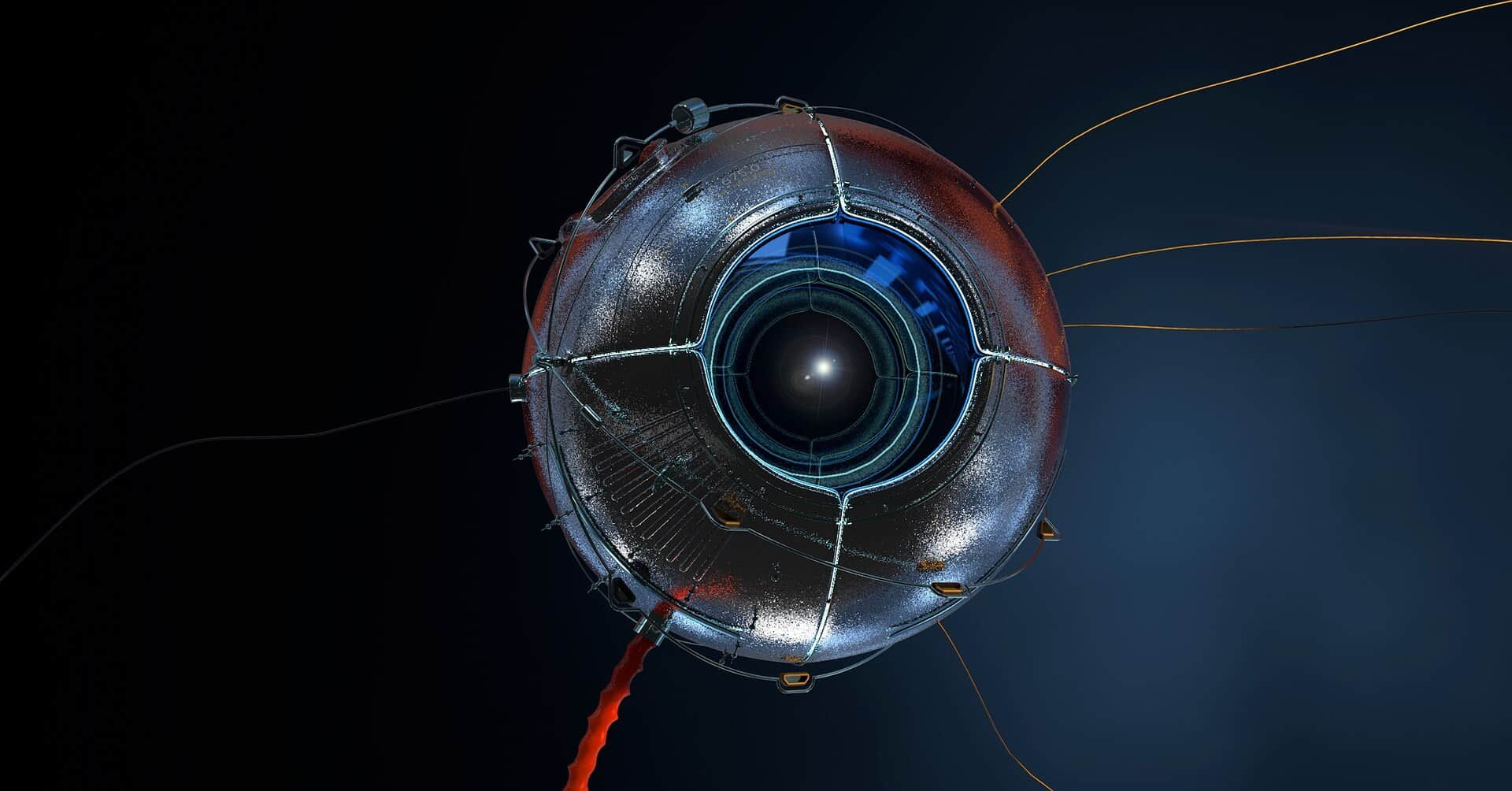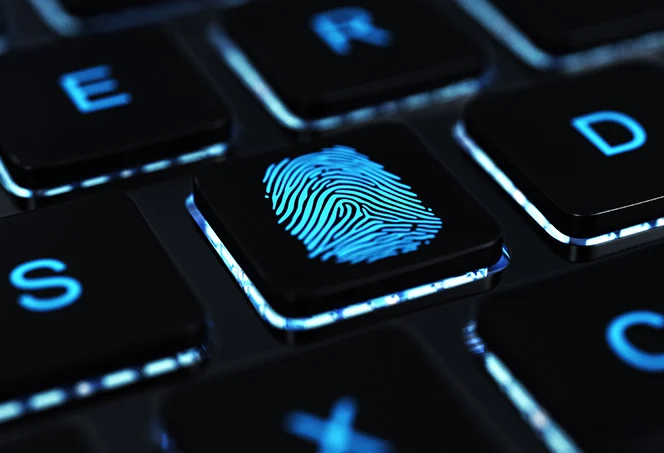
Spyware is a type of malicious software (malware) designed to secretly monitor and collect information about users and their activities without their consent. It can invade a user’s computer, smartphone, or other devices, often without their knowledge, and can cause significant harm by compromising privacy and security. Here’s a comprehensive overview of spyware, including its types, how it works, potential impacts, prevention methods, and removal strategies.
How Spyware Works
- Infection: Spyware typically infiltrates devices through various means, such as:
- Software Bundling: Often packaged with legitimate software, especially free applications, which users unknowingly install.
- Phishing: Users may click on malicious links in emails or messages that lead to spyware downloads.
- Exploits: Utilizing vulnerabilities in software or operating systems to install spyware without user knowledge.
- Data Collection: Once installed, spyware operates in the background, collecting various types of data, such as:
- Personal Information: Including names, addresses, phone numbers, and login credentials.
- Browsing Habits: Monitoring web activity, search queries, and online purchases.
- Keystrokes: Recording what users type, including passwords and sensitive information (this specific type of spyware is often called a keylogger).
- Transmission of Data: The collected data is then transmitted back to the attacker or a remote server, where it can be exploited for identity theft, fraud, or other malicious purposes.
Types of Spyware
- Adware: Although primarily designed to display ads, adware can also track browsing habits and collect user data for targeted advertising.
- Keyloggers: These specifically record keystrokes made by users, capturing sensitive information such as usernames, passwords, and credit card numbers.
- Trojan Horses: These are malicious programs disguised as legitimate software, which can install spyware when executed.
- System Monitors: These tools monitor user activity, including browsing history, email usage, and file access, often used for corporate spying.
- Tracking Cookies: Although not always harmful, some tracking cookies can monitor user behavior and collect data without user consent, impacting privacy.
- Rootkits: These are advanced types of malware that can provide remote access to a system while hiding their presence, making it difficult to detect and remove spyware.
Potential Impacts of Spyware
- Privacy Invasion: Spyware can compromise personal privacy by collecting sensitive information without consent.
- Identity Theft: Stolen data can be used to commit fraud, leading to financial loss and identity theft.
- System Performance Issues: Spyware can slow down devices, cause crashes, and lead to overall performance degradation.
- Data Loss: Users may inadvertently lose important data or have their files corrupted by spyware.
- Unauthorized Access: Attackers can gain unauthorized access to accounts and sensitive information, leading to further security breaches.
Prevention Methods
- Use Trusted Security Software: Install reputable antivirus and anti-spyware software to detect and block spyware.
- Keep Software Updated: Regularly update your operating system and applications to patch vulnerabilities that could be exploited by spyware.
- Be Cautious with Downloads: Avoid downloading software from untrusted sources, and pay attention to bundled software installations.
- Educate Users: Raise awareness about the risks of spyware and safe browsing practices among users to reduce the likelihood of infection.
- Enable Pop-Up Blockers: Use web browser settings and extensions to block potentially harmful pop-ups that may contain spyware.
- Utilize Firewall Protection: Implement firewalls to monitor network traffic and block suspicious activity.
How to Remove Spyware
- Run a Full System Scan: Use your antivirus or anti-spyware software to conduct a thorough scan of your system and identify any spyware.
- Follow Removal Instructions: Once identified, follow the software’s instructions to remove or quarantine the spyware.
- Manual Removal: In some cases, spyware may need to be removed manually. This can involve:
- Identifying and uninstalling suspicious programs from the control panel.
- Deleting harmful files or entries from the system registry (caution is advised, as incorrect changes can damage the system).
- Restore System Settings: If necessary, restore your system to a previous state using restore points (if enabled) to remove any changes made by spyware.
- Change Passwords: After removal, change passwords for all accounts that may have been compromised to prevent unauthorized access.
- Monitor for Future Activity: Keep an eye on your system’s performance and data for any signs of lingering spyware or unauthorized access.
Conclusion
Spyware poses a significant threat to personal privacy and security, often operating in the background and evading detection. Understanding how spyware works, its types, and the potential risks it presents is essential for protecting oneself against these threats. By employing effective prevention strategies and being vigilant about system security, users can minimize the risk of spyware infections and safeguard their sensitive information. Regular system checks and updates, combined with user education, are critical components of a comprehensive cybersecurity strategy.







